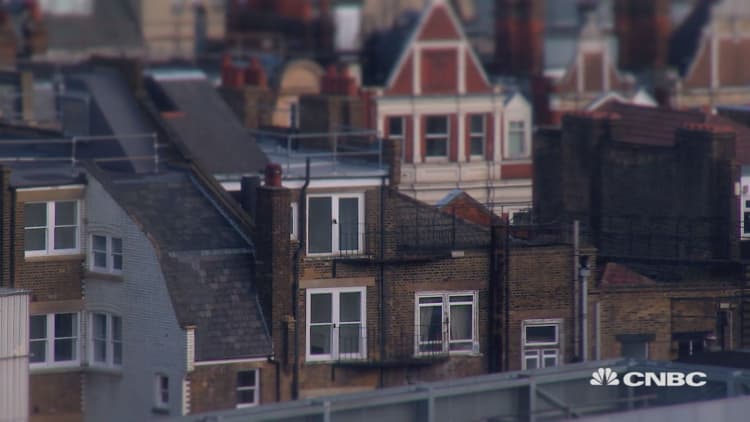
In the north of England, researchers are looking at ways to make the homes we already live in as efficient and sustainable as possible.
The University of Salford's Energy House project has taken a pre-1919 Victorian era property from near the university and re-built it brick by brick inside what the team say is "the only full-scale building in an environmental chamber in Europe."
By controlling the environment and climate inside the chamber, the researchers can undertake scientific research that it's hoped will help improve the efficiency of "hard-to-treat properties."
As the amount of new housing stock being built in the U.K. fails to keep up with demand, the retro-fitting of older homes so that they become more energy efficient is becoming increasingly important.
The chamber is crucial to the project.
"We can control the variables, and we can do things in the house that wouldn't be possible with a person's home, we have hundreds and hundreds of sensors – we can add sensors, take sensors away – but also, we can control the weather," William Swann, from the University of Salford, told CNBC's Sustainable Energy.
Swann said that the building and its characteristics represent between 20-25 percent of housing stock in the U.K., making it an ideal model to analyze.
"It's also a special type of property that's known as 'hard to treat', so when we look at the retro fit agenda – which is improving the existing building stock's energy efficiency – this type of property is one of the most difficult challenges the U.K. has to face," Swann added.
Measuring the benefits of the retrofit is crucial if homes are to become more energy efficient.
"To get the models absolutely accurate you have to have huge amounts of data, and working with the University of Salford in the energy house is a really good way of looking at how insulation, for instance, is affected within the environment," Mike Ormesher, technical director of Knauf Insulation, said.
For Norman Foster, one of the world's most renowned architects, the future of our built environment looks bright.
"The future will be really the best of all possible worlds, in the sense that it will create a city which is desirable, liveable," he said. "It will give us the benefit of community, but also the extreme of personal privacy."




